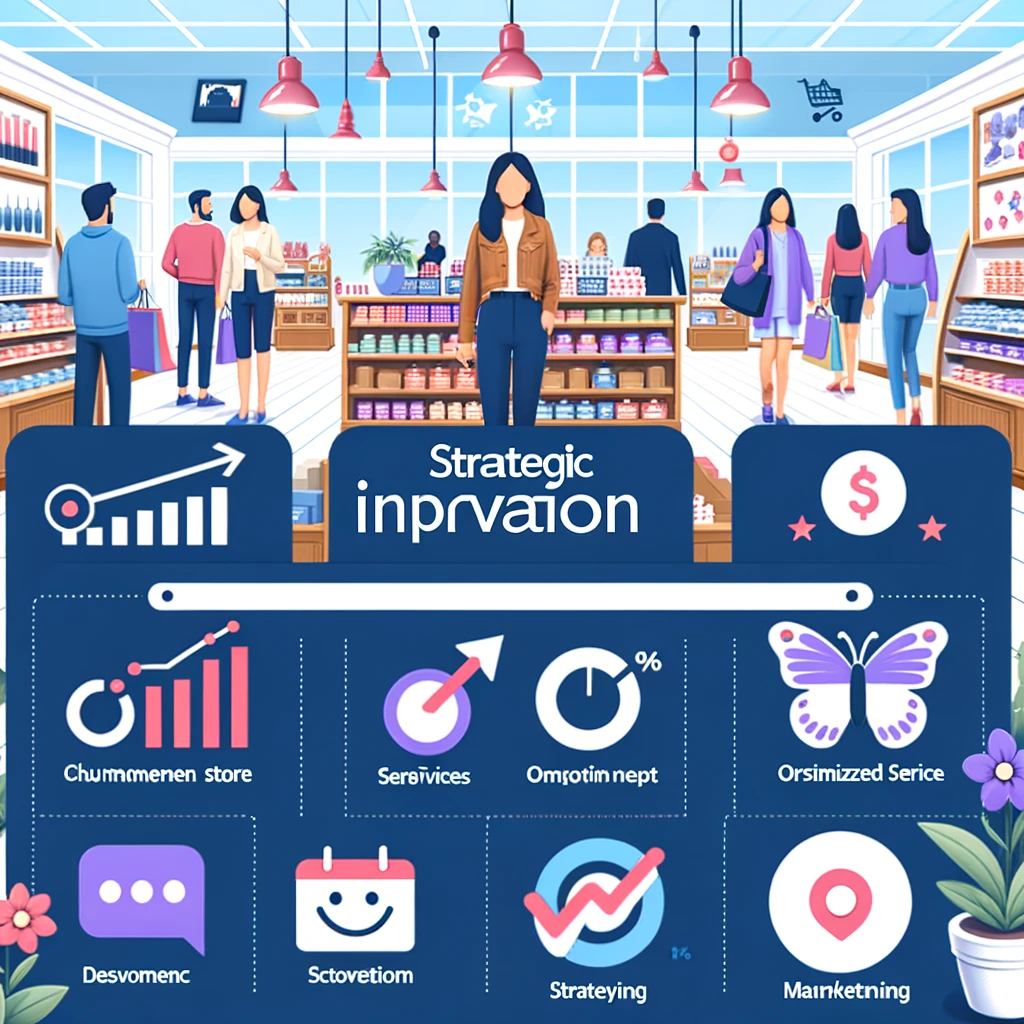Enhancing Client Satisfaction in SMEs
In the competitive arena of small and medium-sized enterprises (SMEs), achieving high client satisfaction is not just beneficial; it’s imperative for survival and growth. The dynamic nature of today’s market demands more than just meeting client expectations; it requires anticipating and exceeding them. This challenge calls for a nuanced approach to understanding and enhancing client experiences. The Metriq framework, with its emphasis on aligning Critical Success Factors (CSFs), Key Performance Indicators (KPIs), Performance Indicators (PIs), and Critical Result Indicators (CRIs), provides SMEs with a comprehensive strategy to systematically improve client satisfaction. This article delves into the importance of client satisfaction, measures to assess it effectively, and strategies for improvement, focusing on the practical application of the Metriq framework in real-world SME scenarios.

The Importance of Client Satisfaction for SMEs
Client satisfaction sits at the heart of SME success, driving loyalty, repeat business, and brand advocacy. In an environment where personalisation and client responsiveness are highly valued, the ability to deliver on and surpass client expectations becomes a key differentiator. This section examines the strategic role of client satisfaction in securing a competitive edge, fostering long-term business sustainability, and driving growth. It highlights how client satisfaction impacts various business outcomes, including customer retention, word-of-mouth marketing, and overall competitive positioning.
Measuring Satisfaction: Integrating Surveys with Behavioural Insights
Accurately measuring client satisfaction extends beyond traditional surveys to include an analysis of customer behaviour. This holistic approach, facilitated by the Metriq framework, enables SMEs to capture a comprehensive view of client satisfaction. This part of the article outlines how integrating behavioural insights with direct feedback provides a predictive view of client needs and satisfaction levels. It discusses how SMEs can employ Metriq.one to track and analyse both solicited feedback and unsolicited behavioural data, offering a multifaceted understanding of client experiences.


Utilising Metriq.one for Comprehensive Client Satisfaction Analysis
Metriq.one’s capabilities in collecting, integrating, and analysing client feedback and behavioural data present a unique opportunity for SMEs. This section provides a step-by-step guide on leveraging Metriq.one for conducting satisfaction surveys, monitoring customer interactions, and drawing actionable insights from a blend of KPIs and PIs. It illustrates how Metriq.one’s analytics can transform complex datasets into strategic actions, enabling businesses to identify and implement improvements in service delivery based on a deep understanding of client satisfaction.
Real-world Application of the Metriq Framework
Scenario 1: Retail Store Performance Improvement
This scenario outlines a retail store’s strategy to increase revenue and customer satisfaction by enhancing the in-store experience. It details the application of the Metriq framework, from identifying the CSF of improving in-store customer experience to setting and monitoring relevant KPIs and PIs. It showcases how actionable insights derived from Metriq.one can lead to tangible improvements, such as personalised customer interactions, optimised store layouts, and targeted marketing strategies, ultimately achieving a 15% increase in revenue within six months.


Scenario 2: Online Learning Platform Engagement
An online learning platform seeks to enhance user engagement and retention by improving the learning experience. This example demonstrates how the platform applies the Metriq framework to identify CSFs, KPIs, and PIs that align with its strategic goal. It explores how insights from Metriq.one can inform content development, platform features, and user support services, resulting in a 20% increase in user engagement over three months.
Scenario 3: Project Management Efficiency
A service-oriented SME aims to boost project delivery efficiency. This scenario illustrates the application of the Metriq framework in streamlining project communication and collaboration. Through the strategic monitoring of KPIs and PIs via Metriq.one, the SME identifies opportunities to enhance project workflows, resource allocation, and stakeholder communication, achieving a 25% reduction in project delivery time over a year.

Kongklusyon:
Adopting the Metriq framework offers SMEs a structured and strategic approach to enhancing client satisfaction. By leveraging both direct client feedback and analysing customer behaviour through Metriq.one, SMEs can gain a holistic understanding of their clients’ needs and expectations. This article has provided theoretical insights and practical applications, illustrating how SMEs across various sectors can apply the Metriq framework to measure, analyse, and improve client satisfaction, driving sustainable business growth and enhancing competitive advantage.